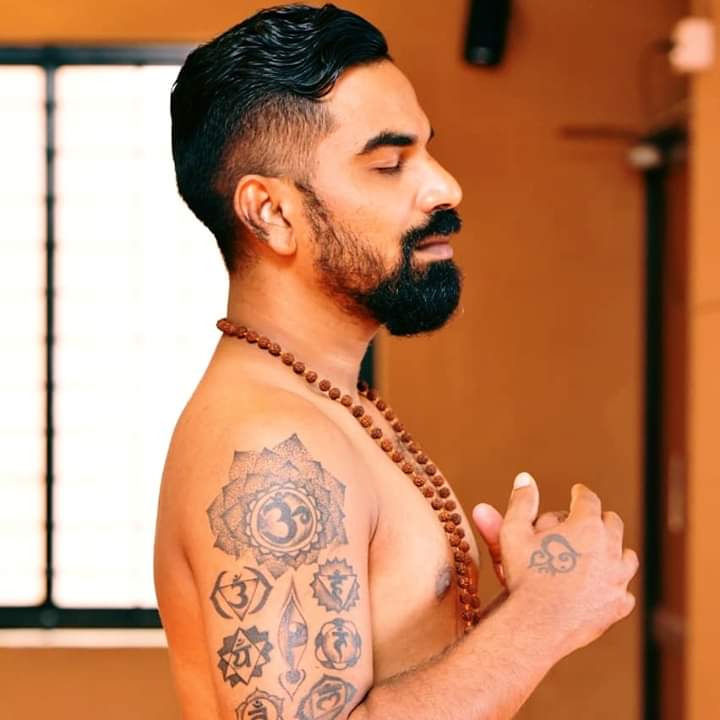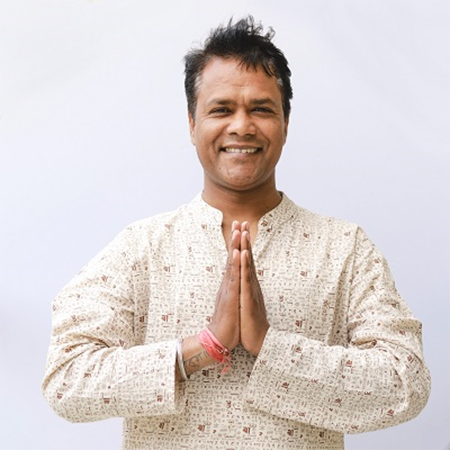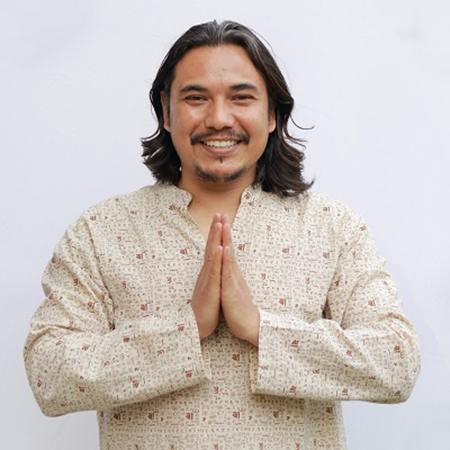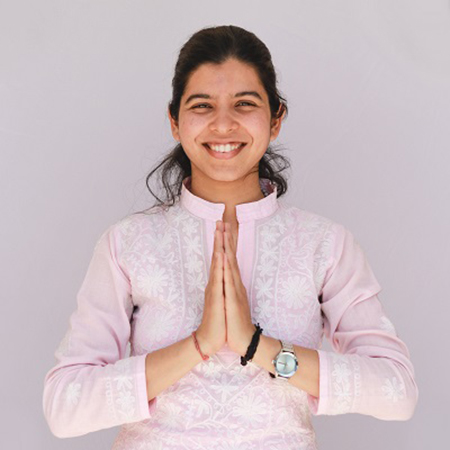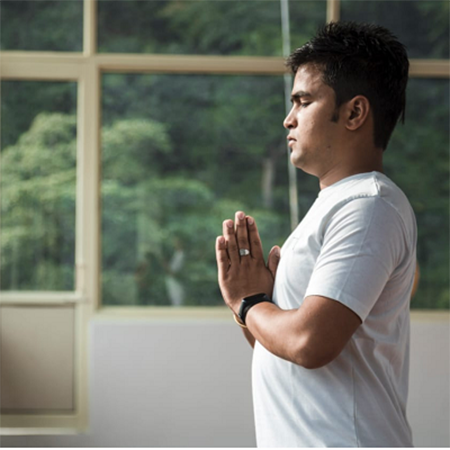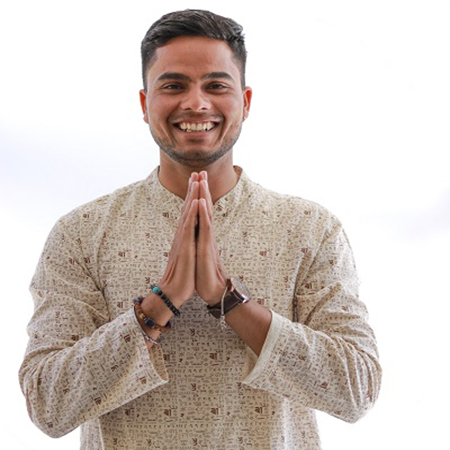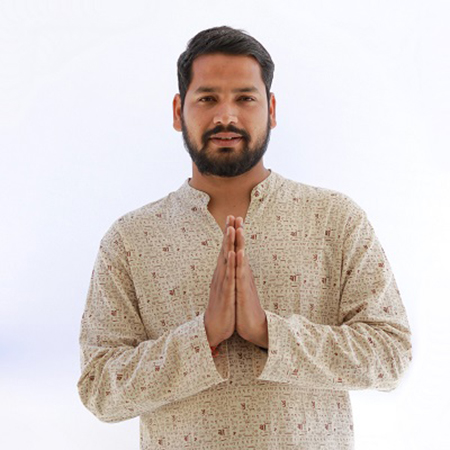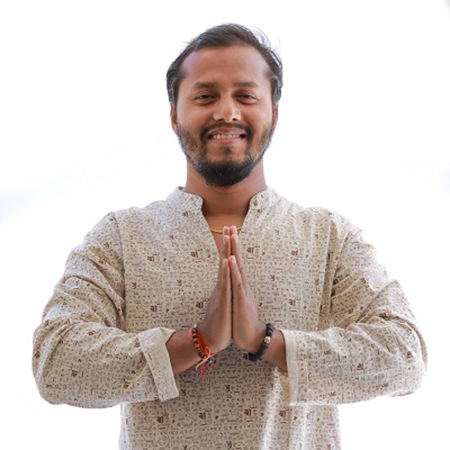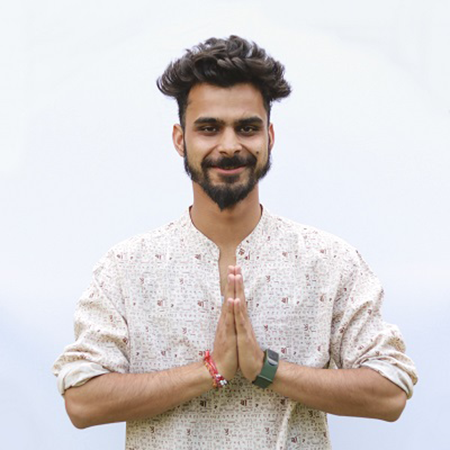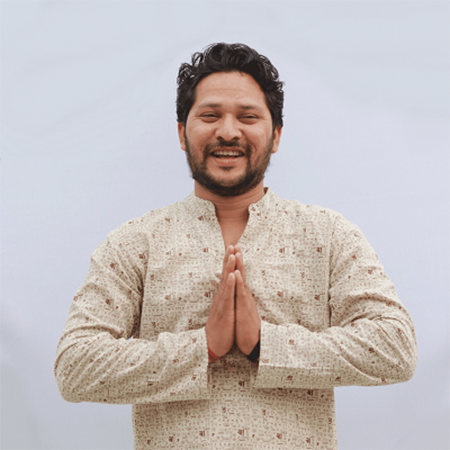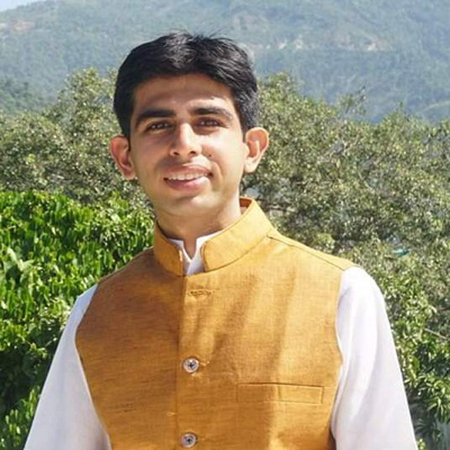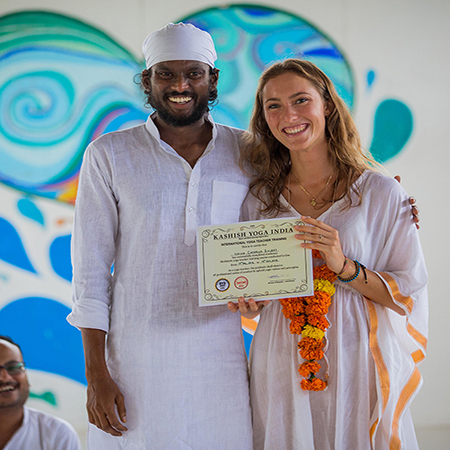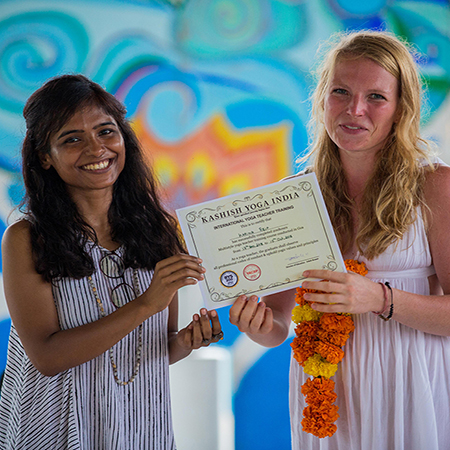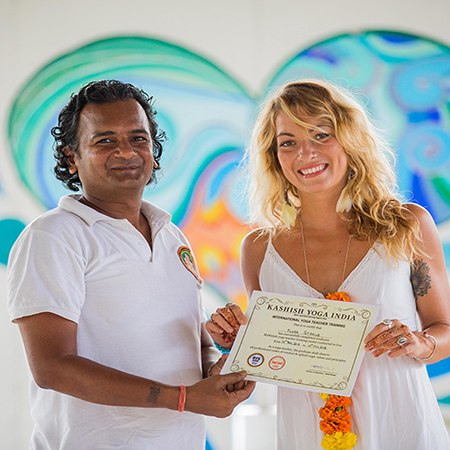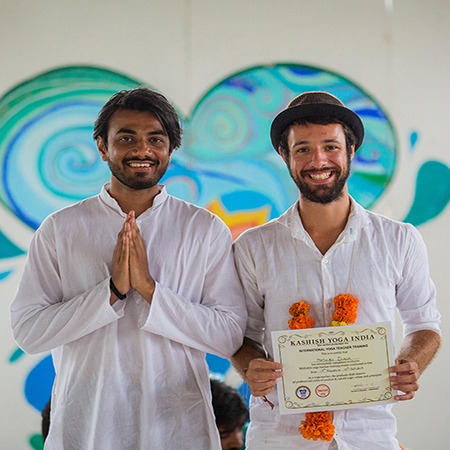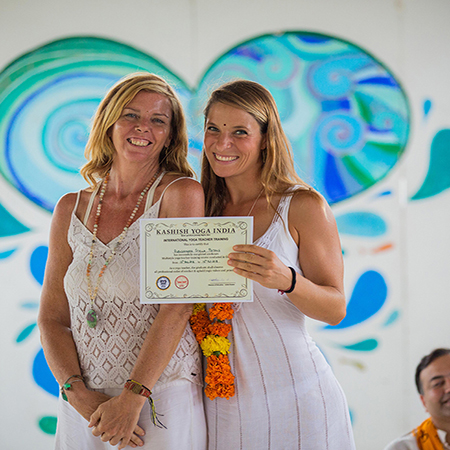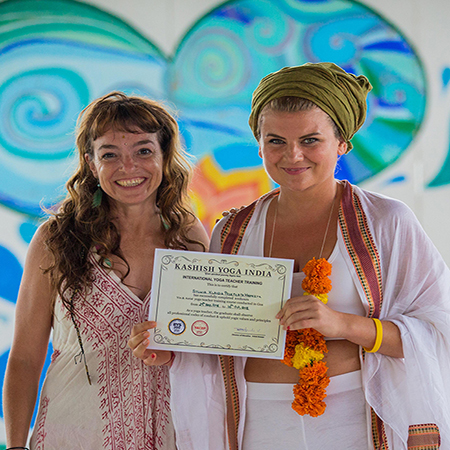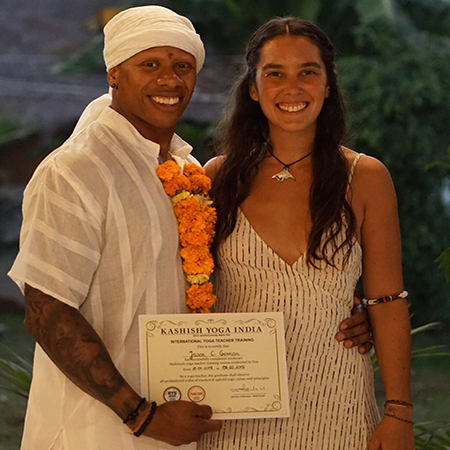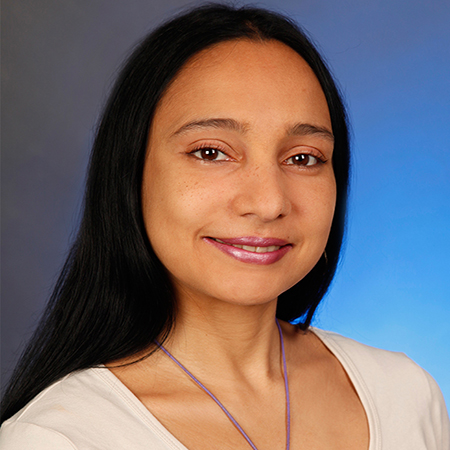Baptiste yoga
Baptiste Power Vinyasa (BPV) yoga is a type of hot power yoga. It was developed by Baron Baptiste, who says it is focused on asana (poses), meditation, and self-inquiry and is intended to be adaptable to any level of physical ability. Learn the pillars of this style of yoga, its history, and where you can practice it. Pillars of Baptiste Power Vinyasa: The important aspects of the Baptiste method are summarized by the five pillars: breath, heat, flow, gaze, and core stabilization. 1. Breath: The primary pranayama used in BPV is ujjayi, which is associated with a strong vinyasa practice. In ujjayi breath, you tone or constrict the back of your throat (as you would when fogging up a mirror) as you inhale and exhale through your nose. This takes some practice but soon becomes second nature. 2. Heat: In official BPV classes, the room should be heated to 90 to 95 degrees. This external heating of the room is intended to allow students to quickly stoke their internal fires (tapas) for a loose, sweaty practice. 3. Flow: Flow is vinyasa style practice in which movement is linked to breath. Daily practice is encouraged. While there isn't a fixed series of poses in BPV, there is a pattern that most classes follow. Classes begin with several rounds of surya namaskara A and B, although there is room for some variation here. Then the teacher moves on to a standing series that includes vinyasa flow between sides. More advanced variations are offered in addition to adaptations for beginners. Classes often also include abdominal work, backbending, and hip opening. 4. Gaze: Drishti means looking at a particular place while doing yoga poses. It is an important part of Ashtanga yoga, where drishtis are taught as part of the alignment for each pose. In BPV, the gaze is not specific for each posture. Instead, students are directed to fix their attention on any point that doesn't move and to keep their eyes soft. 5. Core Stabilization: Core stabilization is uddiyana bandha. In BPV, this means the constant drawing in of the belly button toward the spine. This is done throughout the practice, but it's not exactly the deep uddiyana bandha seen in Light on Yoga in which the belly is completely hollowed until the ribs protrude. It is intended to provide support by engaging the core for balance and strength.

